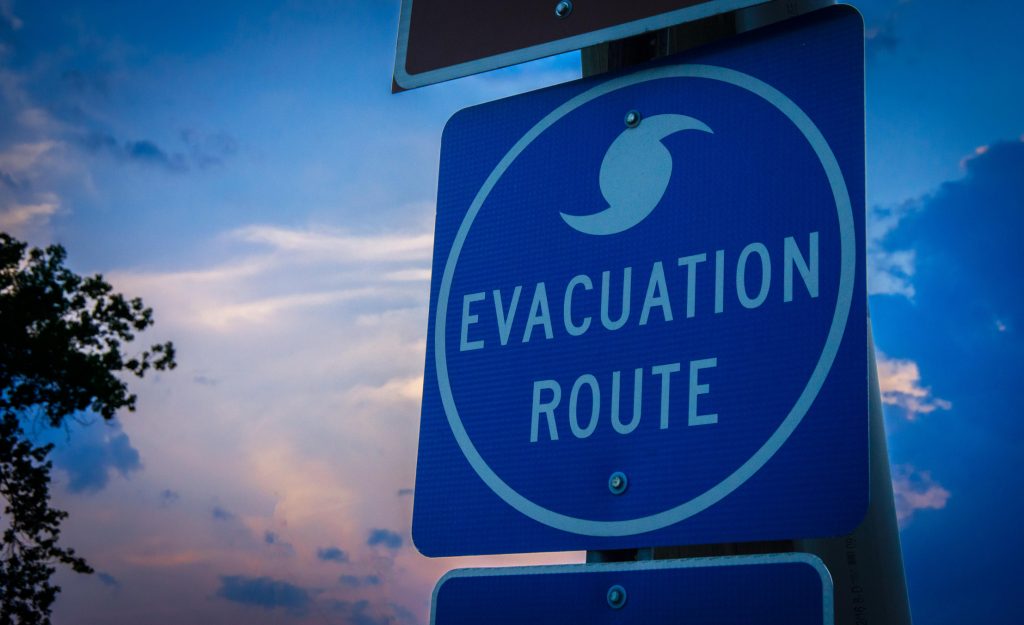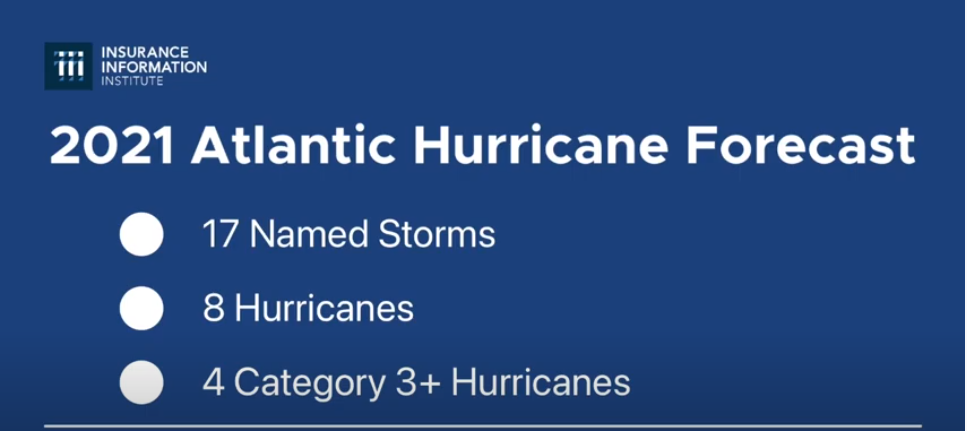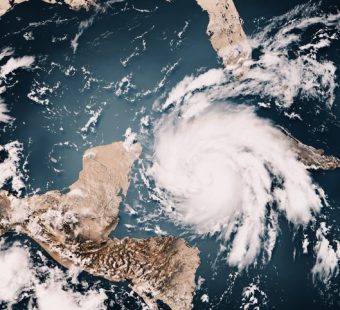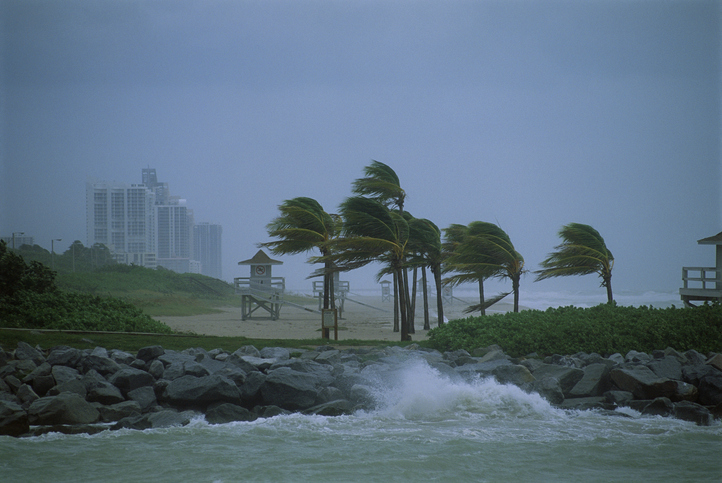
Above-average 2021 Atlantic hurricane season predicted
Maria Sassian, Research Director, Triple-I
04/08/21
Colorado State University (CSU) hurricane researchers predict an above-average Atlantic hurricane season in 2021, citing the likely absence of El Niño as a primary factor. El Niño tends to increase upper-level westerly winds across the Caribbean into the tropical Atlantic, tearing apart hurricanes as they try to form.
The CSU Tropical Meteorology Project team, led by Triple-I non-resident scholar Dr. Phil Klotzbach, predicts 17 named storms during the 2021 Atlantic hurricane season.
Of those, the researchers expect eight to become hurricanes and four to reach major hurricane strength (Saffir/Simpson category 3-4-5) with sustained winds of 111 miles per hour or greater.
An average season has 12 named storms, six hurricanes and three major hurricanes.

The 2021 hurricane season, which runs from June 1 to November 30, follows a record-breaking 2020 season. The team expects the 2021 hurricane activity to be about 140 percent of the average season. By comparison, 2020’s hurricane activity was about 170 percent of the average season. The 2020 hurricane season had six landfalling continental US hurricanes, including Category 4 Hurricane Laura, which battered southwestern Louisiana.
So far, the 2021 hurricane season is exhibiting characteristics similar to 1996, 2001, 2008, 2011 and 2017. “All of our analog seasons had above-average Atlantic hurricane activity, with 1996 and 2017 being extremely active seasons,” said Klotzbach.
The report also includes the probability of major hurricanes making landfall:
• 69 percent for the entire U.S. coastline (average for the last century is 52 percent)
• 45 percent for the U.S. East Coast including the Florida peninsula (average for the last century is 31 percent)
• 44 percent for the Gulf Coast from the Florida panhandle westward to Brownsville (average for the last century is 30 percent)
• 58 percent for the Caribbean (average for the last century is 42 percent)
As always, Dr. Klotzbach caution coastal residents to take proper precautions as “it only takes one storm near you to make it an active season.”
The full forecast can be accessed on CSU’s website.



